
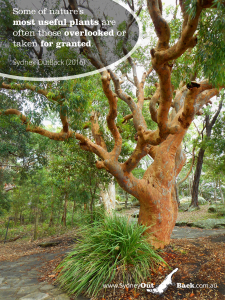 Described as “vital” bush tucker by many, Lomandra longifolia – or the Spiny-headed mat-rush – is ridiculously common around Sydney and is one of the essential bush tucker herbs and bush survival species dating back thousands of years among Aboriginal communities, yet few passersby even notice it.
Described as “vital” bush tucker by many, Lomandra longifolia – or the Spiny-headed mat-rush – is ridiculously common around Sydney and is one of the essential bush tucker herbs and bush survival species dating back thousands of years among Aboriginal communities, yet few passersby even notice it. 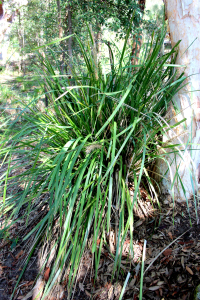
Identified by its long, firm, flat green leaves, much of the plant is edible. Its heavily scented flowers (from late winter to early spring) are soaked for nectar, its seeds (late spring to summer) can be ground and added to flour to make a rustic bush-cake or even roasted and ground as a “coffee”, and the pale green base of the pulled leaves (removed in tufts) can be chewed with a flavor resembling raw cabbage or fresh baby peas.
Practical too, the leaves lend readily to weaving for coiled baskets and carrying vessels, and even fishing weirs or funneled basket traps. When split, tied in bundles and soaked, they become a very pliable weaving “threads” that are quite durable and holds its shape when dry. For this reason, Lomandra longifolia is also nicknamed “basket grass”.
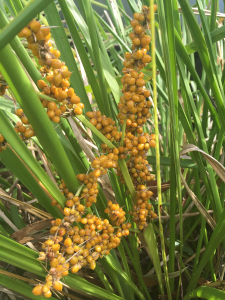
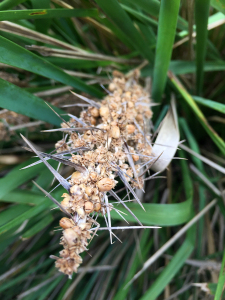
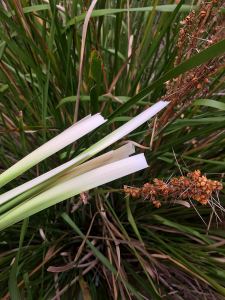
Related to the grass-tree Xanthorrhoea australis – another extremely valuable plant for bush tucker and survival by Aboriginal custodians – Lomandra longifolia is native to this region; whether the soil is sandy and dry (in open forests or between rocky crevices) or wet (in swamps, along creeks and rivers). A large number of plant communities in Ku-ring-gai Chase National Park include Lomandra longifolia!
Sydney OutBack enjoys the surprise of visitors upon discovering and experiencing the uses of plants, like Lomandra longifolia, that are common throughout Ku-ring-gai Chase National Park. To learn more about Sydney OutBack’s Wilderness and Aboriginal Explorer Tour and Cruise, just click here.
Our tours are also part of Tourism Australia’s Indigenous Tourism Champions Program (ITCP), recognizing that we offer a quality experience that that meets the needs and expectations of international visitors.
Please remember: Plants are protected within National parks. Fruits, flowers and whole plants should be left with the plant to ensure species regenerate and are preserved in this protected environment.